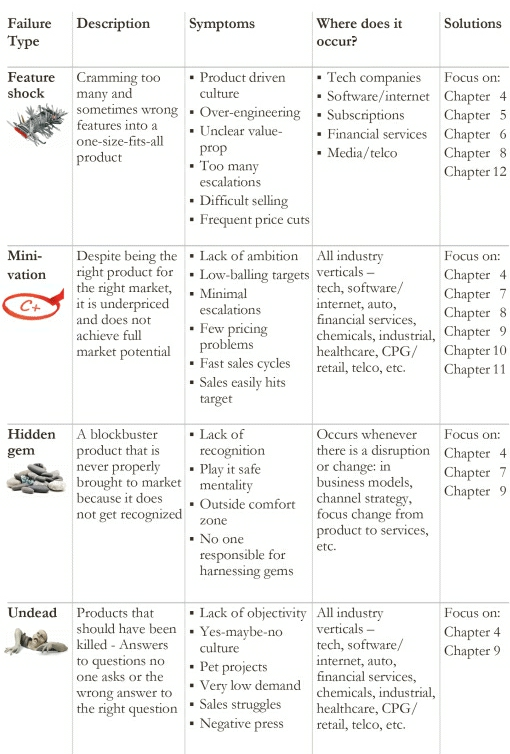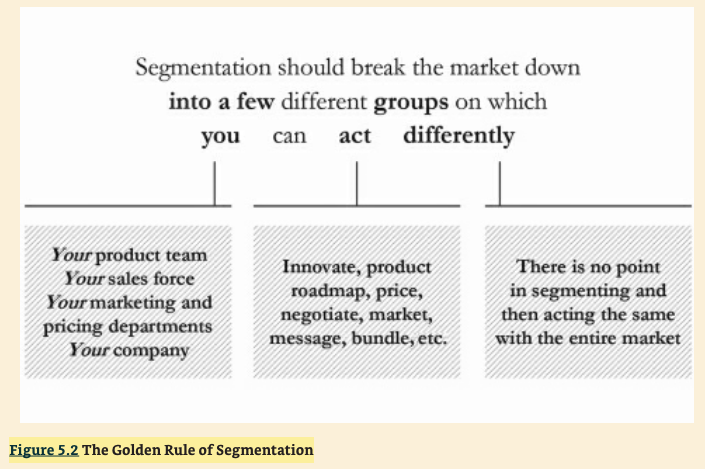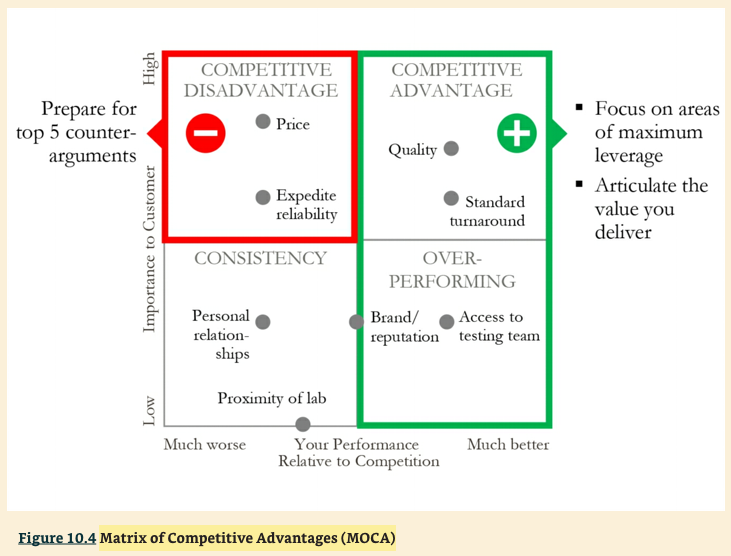Takeaways & Quotes
The theme of the book revolves around how companies could leverage the science of monetising innovation – determining customer values, their willingness to pay, design the product around the price and having a clear monetisation strategy to follow through.
Price is more than just a dollar figure; it’s an indivation of what the customer wants – and how much they want it.
Monetizing Innovation
Monetising failures fall into only 4 categories
➊ Feature shock
➋ Minivation : an underpriced innovation
➌ Hidden gem
➍ Undead : an innovation that customers don’t want
9 rules for innovation success
➊ Willingness to pay (WTP)
➋ Segmentation
➌ Product configuration & bundling
➍ Monetisation models
➎ Pricing strategy
➏ A living business case
➐ Clear communication of product value
➑ Behavioral pricing
➒ Maintain pricing integrity

Ch 4 : Have the WTP talk early
2 pieces of information
• customer’s overall WTP
• WTP for each feature
5 types of research questions to get WTP
• Direct WTP
• Purchase probability
• Most-least
• Build-your-own
• Purchase simulations
When we say price, we mean it to be an indication of what customers value and a measure of how much they are willing to pay for that value. To build a product around a price, you must engage in deep discussions with potential customers before you design and develop it.
Monetizing Innovation
Ch 5 : Segmentation

Ch 6 : Configuration & Bundling
Product configuration and bundling are 2 core design decisions.
Product config refers to the decision of which features and functionalities will be included in a product. Bundling helps to determine whether the products/services should be sold together or separately.
To maximise the monetisation potential of new products, companies should curb their instincts to please customers by giving away value-added functionality – unless those customers will pay for it.

2 key elements
• Leaders (must-haves), Fillers (nice-to-haves) & Killers (very low WTP)
• 3 tier model : Good, Better, Best
Ch 7 : Monetisation models
How you charge trumps what you charge
5 models work well for most new products
• Subscription
• Dynamic pricing
• Market-based pricing : Auctions
• Alternative metric pricing / Pay-as-you-go
• Freemium
Ch 8 : Pricing strategy
Pricing strategy, simply put, is the short- and long-term monetisation plan. At the highest level, a sound pricing strategy must have clear intent, quantifiable goals, and a time frame for execution.
4 building blocks of a pricing strategy document
• Clear goals
• Pricing strategy : maximisation / penetration / skimming
• Price setting principles
• Reaction principles : customers (promotional) + competitors
Price setting principles : 5 operational parts
• Monetisation models
• Price differentiation
• Price floors
• Price endings
• Price increases
Ch 10 : Clear communication of product value
3 Steps to create value communications
• Develop benefit statements eg use of MOCA
• Make benefit statements segment-specific
• Measure & refine value messages

Ch 11 : Behavioural Pricing
6 Behavioural pricing tactics
• Compromise effect
• Anchored pricing
• Prestige pricing
• Razor & blades model
• Pennies-a-day pricing
• Charm pricing
Amazon | Good Reads
◃ Back